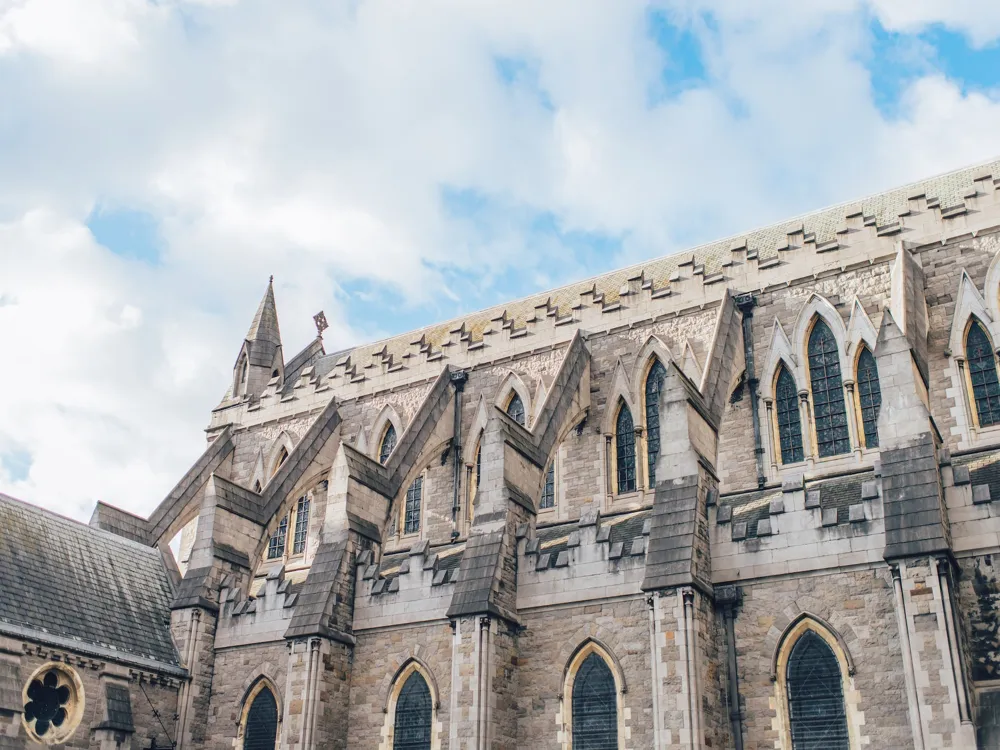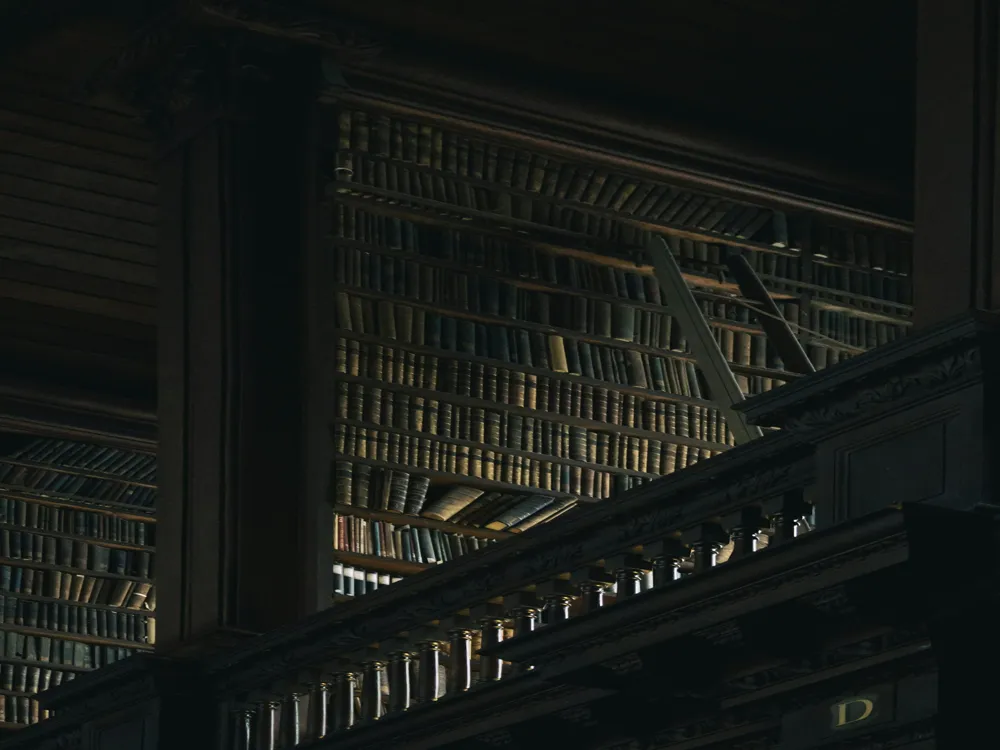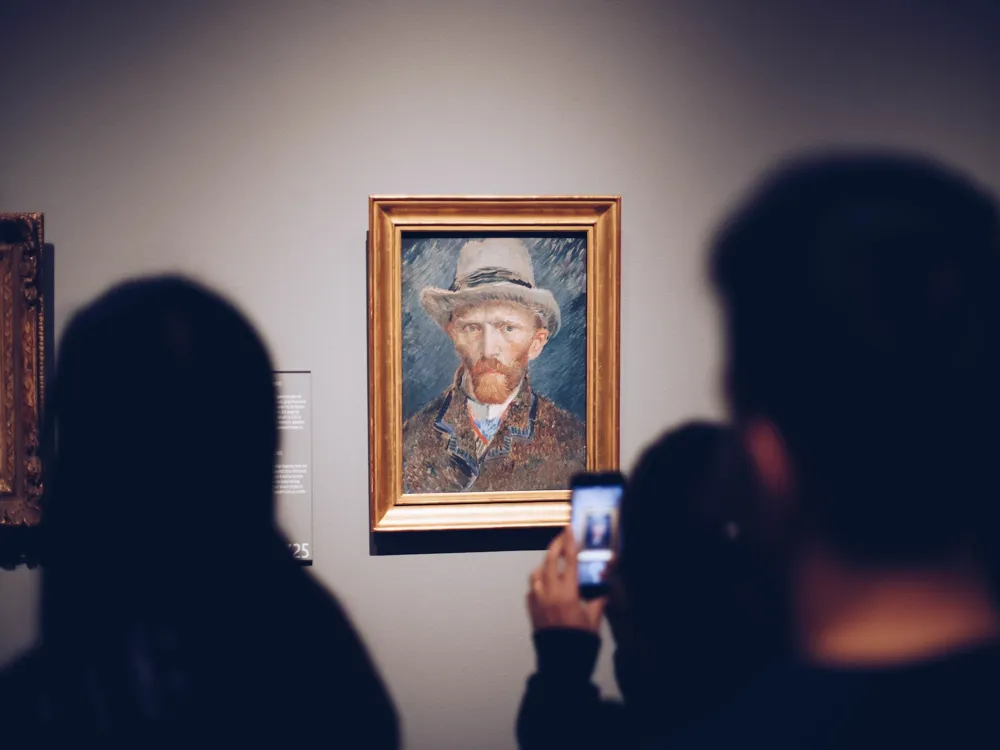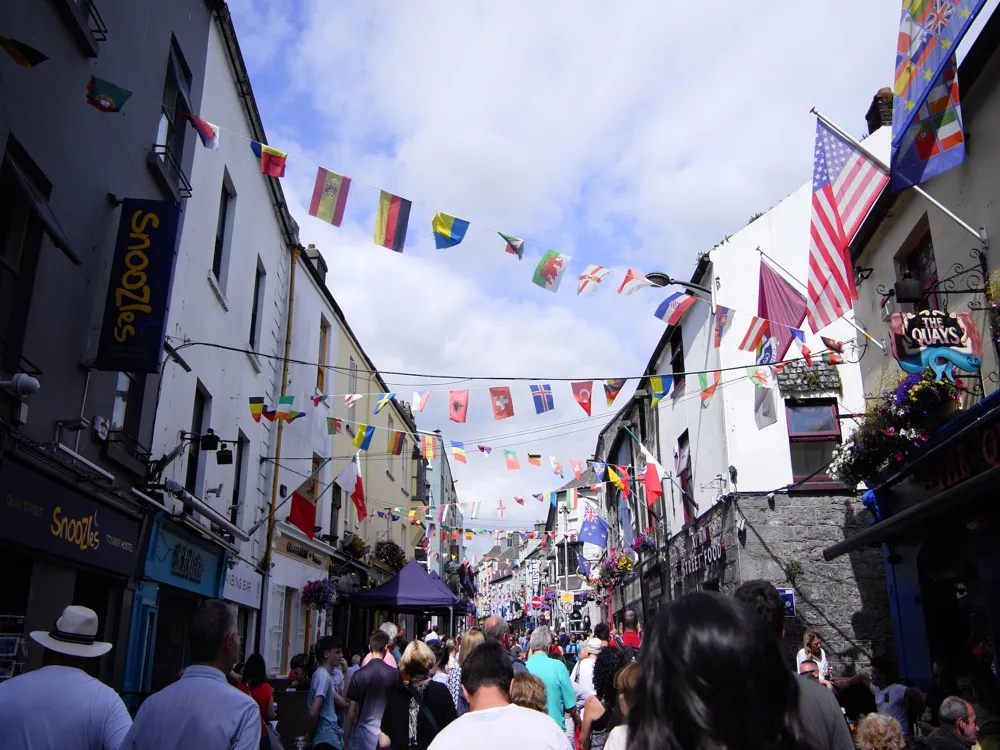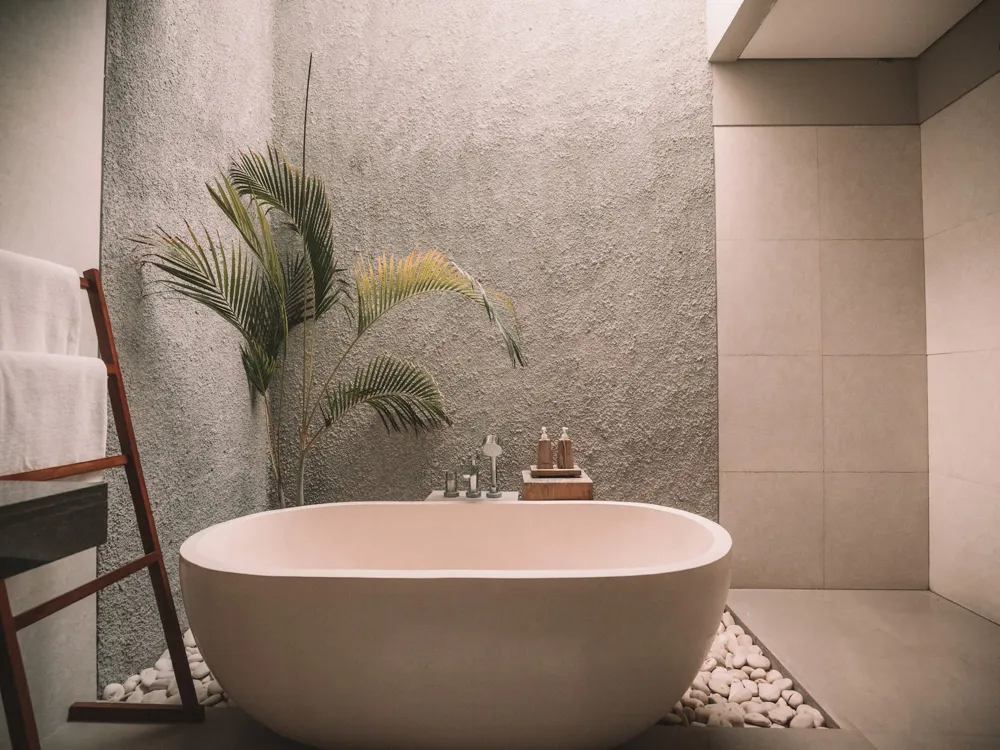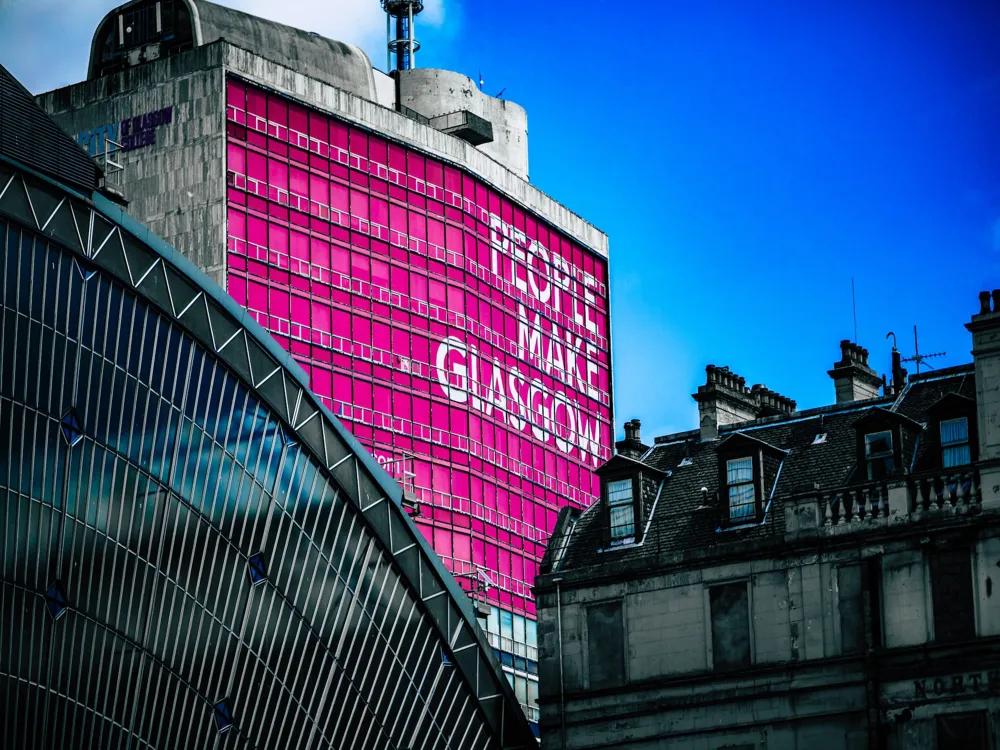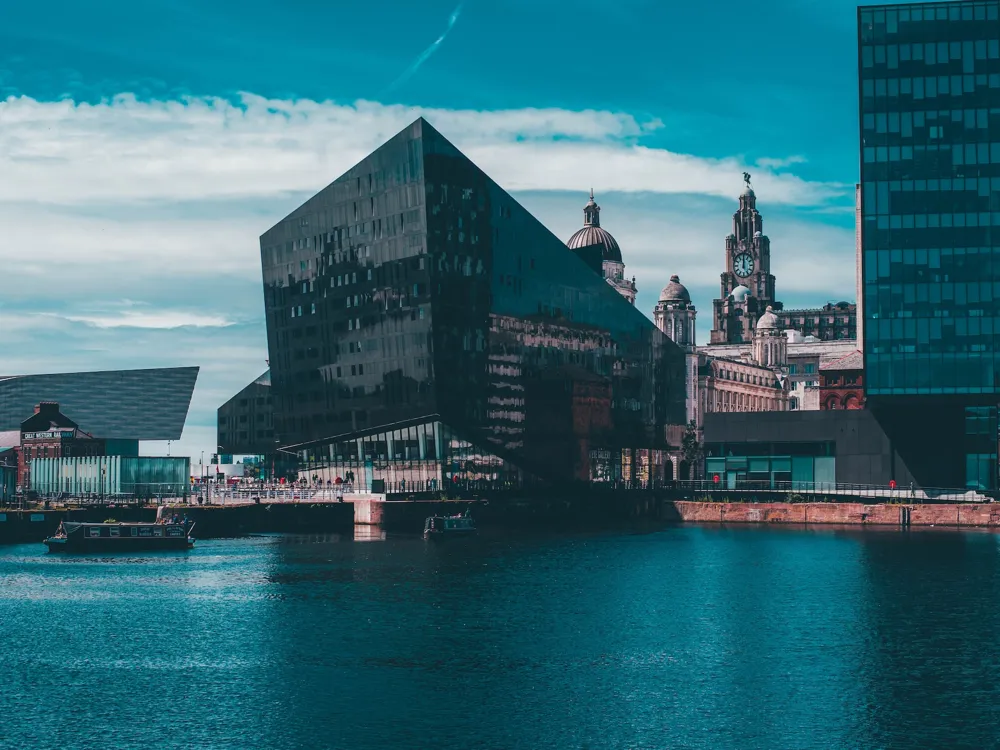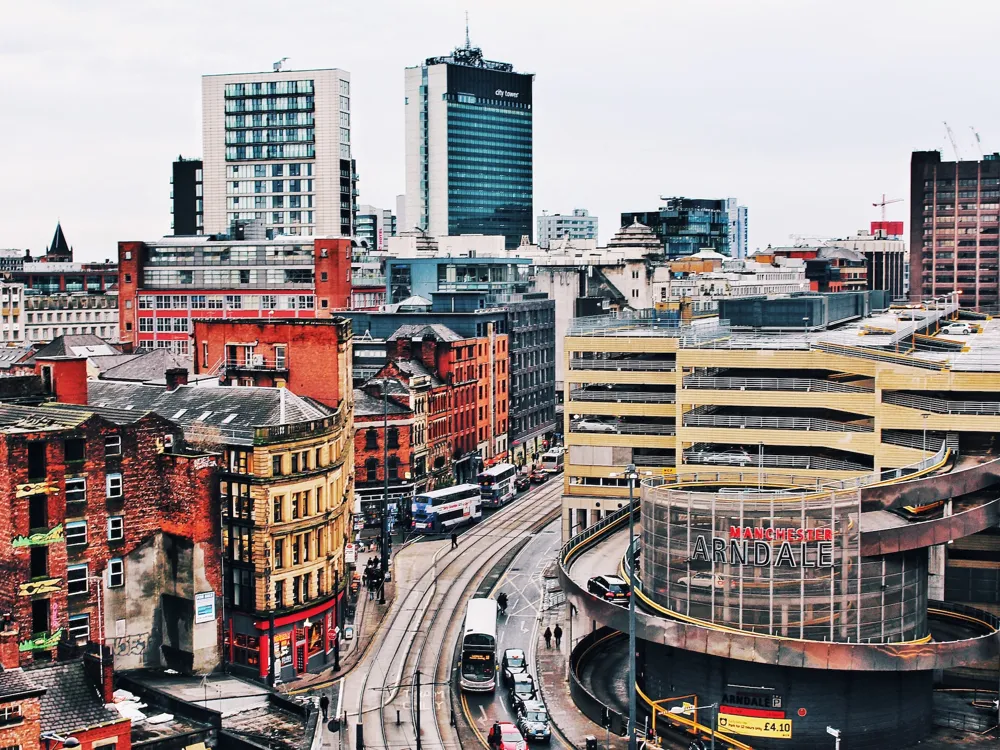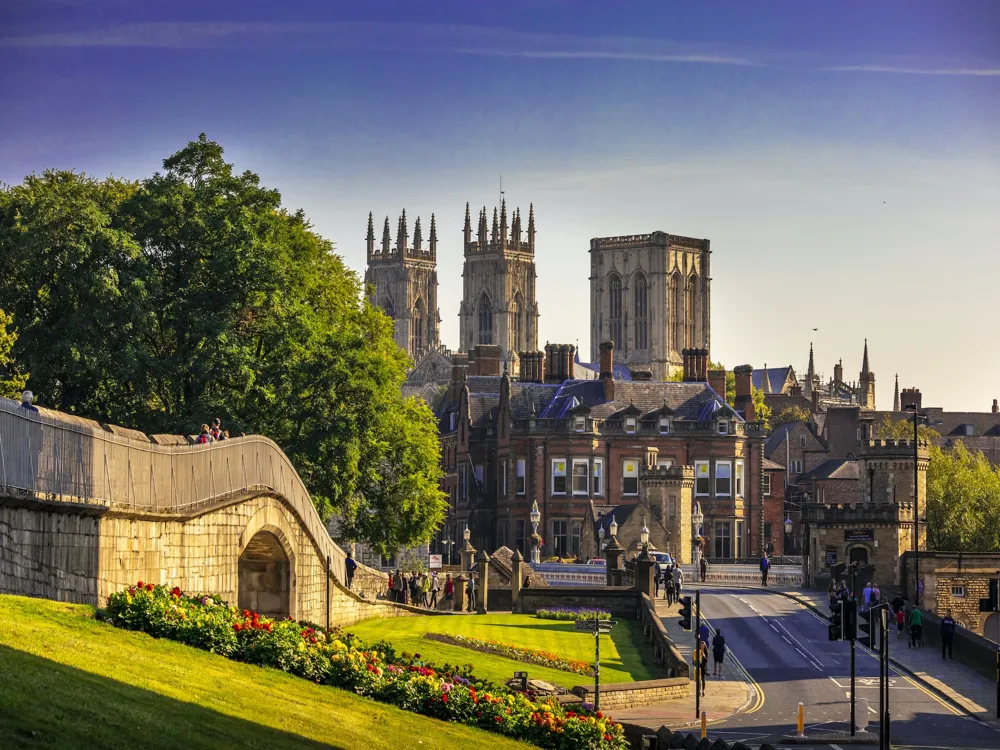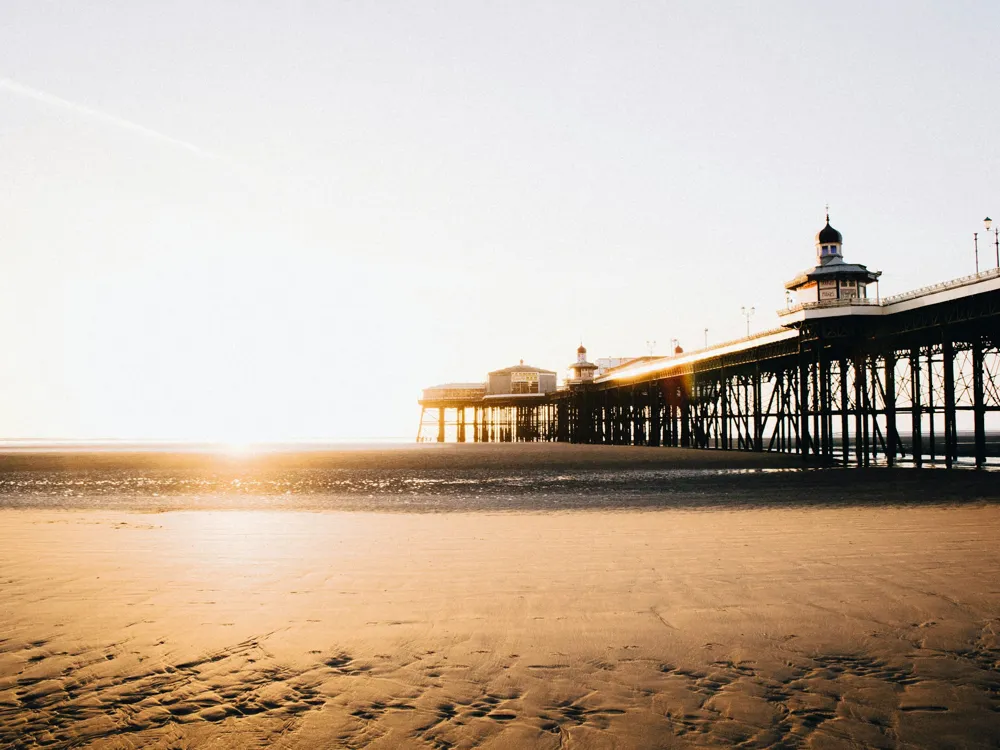The Natural History Museum in Dublin, affectionately known as the 'Dead Zoo,' is a significant landmark in Ireland's capital city. Established in 1856, this museum houses a comprehensive collection of wildlife specimens, offering a unique window into both Irish and worldwide biodiversity. The museum's collection, which spans millions of years, includes everything from Irish fauna to exotic creatures from far corners of the globe. The exhibition layout has remained largely unchanged since the Victorian era, providing a glimpse into the 19th-century scientific mindset and methods of presentation. A visit to the Natural History Museum is not just an educational journey through the natural world but also a step back in time. The architecture of the Natural History Museum in Dublin is as intriguing as its contents. Designed by Frederick Clarendon and built in 1856, the building is a fine example of 19th-century neo-classical style. The façade is adorned with Portland stone, featuring detailed carvings and stately columns that create an imposing entrance. Inside, the museum's layout reflects the Victorian era's scientific and educational values, with long, open galleries filled with glass cases displaying the specimens. The grand central staircase, overlooked by a balcony, adds to the museum's dramatic and educational atmosphere. The building's design, with its focus on natural light and open space, significantly enhances the visitor's experience of exploring the natural world. Before visiting the Natural History Museum in Dublin, it's advisable to check the opening hours and any special COVID-19 guidelines. The museum offers free admission, making it an excellent choice for families and budget travelers. However, certain exhibitions or events may require pre-booking, so it's best to check the museum's website beforehand. The museum spans multiple floors, each dedicated to different aspects of natural history. Starting from the ground floor, which focuses on Irish wildlife, allows for a chronological exploration of the exhibits. Don't miss the museum's iconic whale skeletons, and consider using the free audio guides available for a more informative experience. The Natural History Museum is committed to being accessible to all visitors. Wheelchair access is available, and there are facilities for visitors with other disabilities. However, some areas might be less accessible due to the building's historical nature, so it's best to inquire ahead about specific needs. The Natural History Museum in Dublin is centrally located and easily accessible by various modes of transportation. For those preferring public transport, numerous bus routes pass near the museum, and it's also within walking distance from the Pearse Street DART station. For visitors driving, there are several parking options nearby, though it's advisable to check for parking fees and availability in advance. Bicycles and walking are also great options, given the museum's central location in the heart of Dublin. Read moreNatural History Museum Dublin Overview
Architecture of Natural History Museum Dublin
Tips When Visiting Natural History Museum Dublin
Planning Your Visit
Exploring the Museum
Accessibility
How To Reach Natural History Museum Dublin
Natural History Museum Dublin
Dublin
₹ 84,000 onwards
View dublin Packages
Weather :
Tags : Museum
Timings : Tuesday - Saturday: 10:00 AM - 5:00 PM
Sunday & Monday: 1:00 PM - 5:00 PM
Entry Fee : Free
Planning a Trip? Ask Your Question
Also Refered As:
Dead Zoo
Dublin Travel Packages
View All Packages For Dublin
Top Hotel Collections for Dublin

Private Pool

Luxury Hotels

5-Star Hotels

Pet Friendly
Top Hotels Near Dublin
Other Top Ranking Places In Dublin
View All Places To Visit In dublin
View dublin Packages
Weather :
Tags : Museum
Timings : Tuesday - Saturday: 10:00 AM - 5:00 PM
Sunday & Monday: 1:00 PM - 5:00 PM
Entry Fee : Free
Planning a Trip? Ask Your Question
Also Refered As:
Dead Zoo
Dublin Travel Packages
View All Packages For Dublin
Top Hotel Collections for Dublin

Private Pool

Luxury Hotels

5-Star Hotels

Pet Friendly








